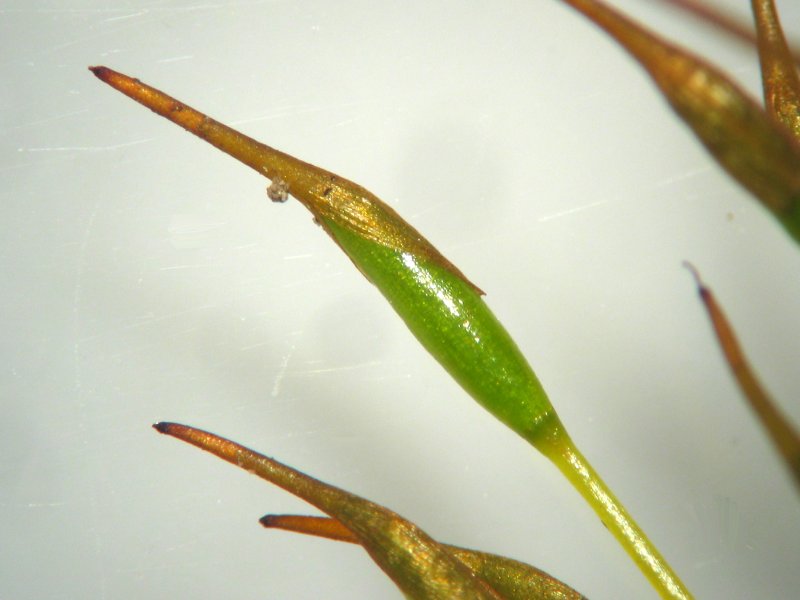Operculum (Botany) on:
[Wikipedia]
[Google]
[Amazon]



 In
In



botany
Botany, also called , plant biology or phytology, is the science of plant life and a branch of biology. A botanist, plant scientist or phytologist is a scientist who specialises in this field. The term "botany" comes from the Ancient Greek w ...
, an operculum () or calyptra () is a cap-like structure in some flowering plant
Flowering plants are plants that bear flowers and fruits, and form the clade Angiospermae (), commonly called angiosperms. The term "angiosperm" is derived from the Greek words ('container, vessel') and ('seed'), and refers to those plants t ...
s, mosses, and fungi
A fungus ( : fungi or funguses) is any member of the group of eukaryotic organisms that includes microorganisms such as yeasts and molds, as well as the more familiar mushrooms. These organisms are classified as a kingdom, separately fr ...
. It is a covering, hood or lid, describing a feature in plant morphology.
Flowering plants
In flowering plants, the operculum, also known as a calyptra, is the cap-like covering or "lid" of the flower or fruit that detaches at maturity. The operculum is formed by the fusion ofsepal
A sepal () is a part of the flower of angiosperms (flowering plants). Usually green, sepals typically function as protection for the flower in bud, and often as support for the petals when in bloom., p. 106 The term ''sepalum'' was coine ...
s and/or petals and is usually shed as a single structure as the flower or fruit matures. The name is also used for the capping tissue of root
In vascular plants, the roots are the organs of a plant that are modified to provide anchorage for the plant and take in water and nutrients into the plant body, which allows plants to grow taller and faster. They are most often below the su ...
s, the root cap.
In eucalypts, (including ''Eucalyptus
''Eucalyptus'' () is a genus of over seven hundred species of flowering trees, shrubs or mallees in the myrtle family, Myrtaceae. Along with several other genera in the tribe Eucalypteae, including '' Corymbia'', they are commonly known as ...
'' and '' Corymbia'' but not '' Angophora'') there may be two opercula - an outer operculum formed by the fusion of the united sepals and an inner operculum formed by the fusion of the sepals. In that case, the outer operculum is shed early in the development of the bud leaving a scar around the bud. In those species that lack an outer operculum, there is no bud scar. The inner operculum is shed just before flowering, when the stamen
The stamen (plural ''stamina'' or ''stamens'') is the pollen-producing reproductive organ of a flower. Collectively the stamens form the androecium., p. 10
Morphology and terminology
A stamen typically consists of a stalk called the fila ...
s expand and shed their pollen.
In some species of monocotyledon
Monocotyledons (), commonly referred to as monocots, ( Lilianae '' sensu'' Chase & Reveal) are grass and grass-like flowering plants (angiosperms), the seeds of which typically contain only one embryonic leaf, or cotyledon. They constitute one ...
, the operculum is an area of exine
Pollen is a powdery substance produced by seed plants. It consists of pollen grains (highly reduced microgametophytes), which produce male gametes (sperm cells). Pollen grains have a hard coat made of sporopollenin that protects the gametoph ...
covering the pollen aperture.
In '' Plantago'', the capsule has an opening covered by an operculum. When the operculum falls, the seed is sticky and is easily carried by animals that come into contact with it.
Pitcher plants have an operculum above the pitcher that serves to keep out rainwater that would otherwise dilute the digestive juices in the pitcher.
Bryophytes
In bryophytes, the calyptra (''plural'' calyptrae) is an enlarged archegonial venter that protects the capsule containing the embryonic sporophyte. The calyptra is usually lost before the spores are released from the capsule. The shape of the calyptra can be used for identification purposes. The sporangium of mosses usually opens when its operculum or "lid" falls off, exposing a ring of teeth that control the release of spores.Fungi
There are two types of sexual spore-bearingasci ASCI or Asci may refer to:
* Advertising Standards Council of India
* Asci, the plural of ascus, in fungal anatomy
* Accelerated Strategic Computing Initiative
* American Society for Clinical Investigation
* Argus Sour Crude Index
* Association of ...
of ascomycete fungi
A fungus ( : fungi or funguses) is any member of the group of eukaryotic organisms that includes microorganisms such as yeasts and molds, as well as the more familiar mushrooms. These organisms are classified as a kingdom, separately fr ...
- those that have an operculum at the top of the ascus, and those that do not.
See also
* Operculum (disambiguation)References
External links
* {{DEFAULTSORT:Operculum (Botany) Plant anatomy